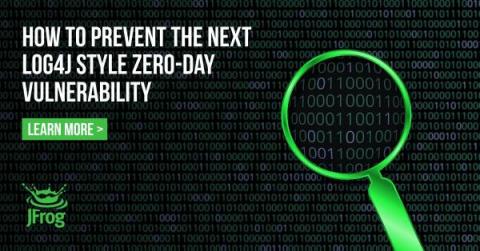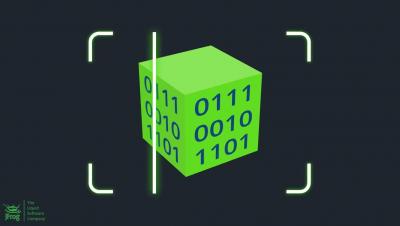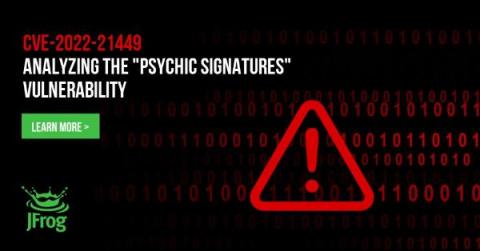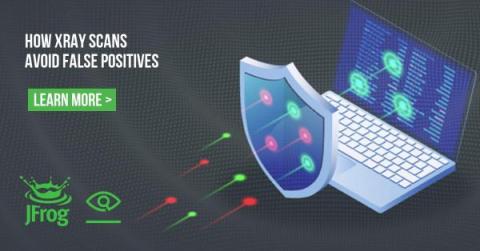Scan your software packages for security vulnerabilities with JFrog Xray
Scanning your packages for security vulnerabilities and license violations should be done as early as possible in your SDLC, and the earlier the better. This concept is also known as “Shifting Left”, which helps your organization comply with security policies and standards early on in the software development process. As developers, this may seem like a hassle, but with JFrog CLI it’s easy!











